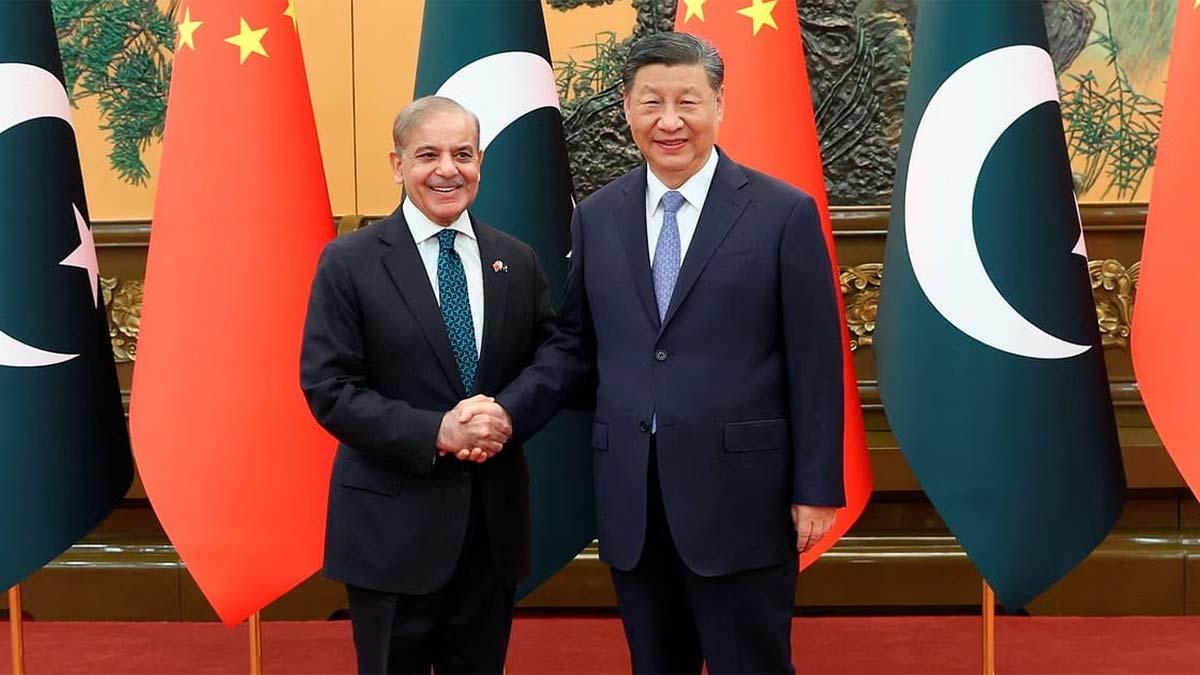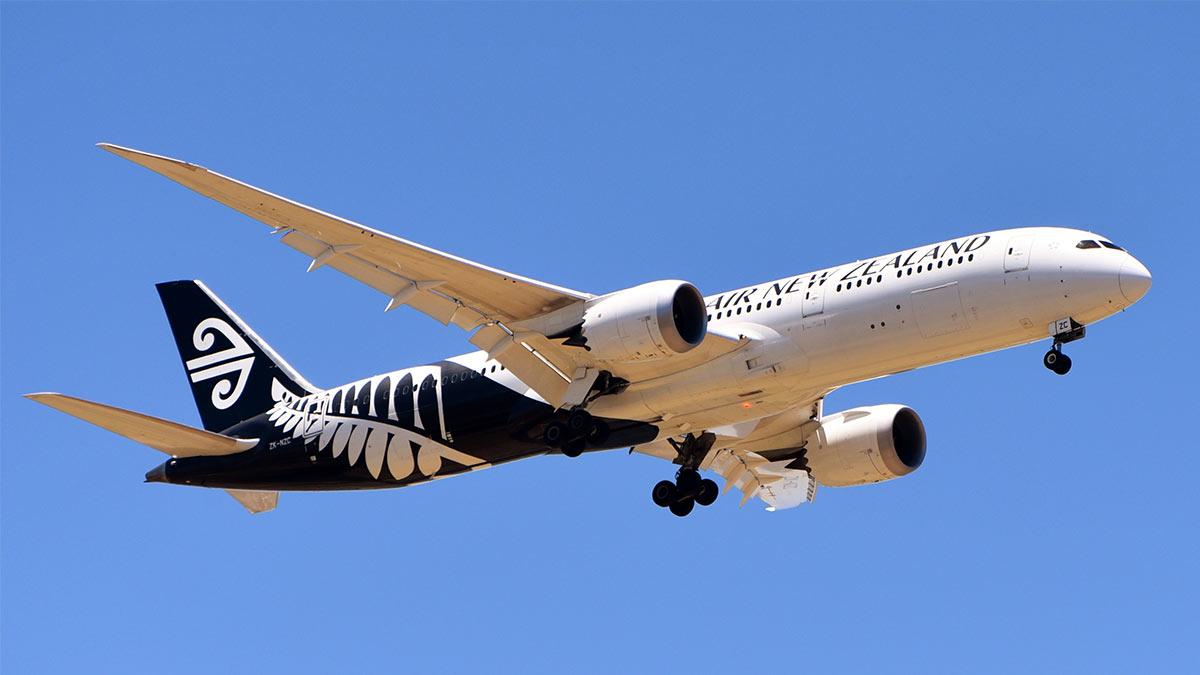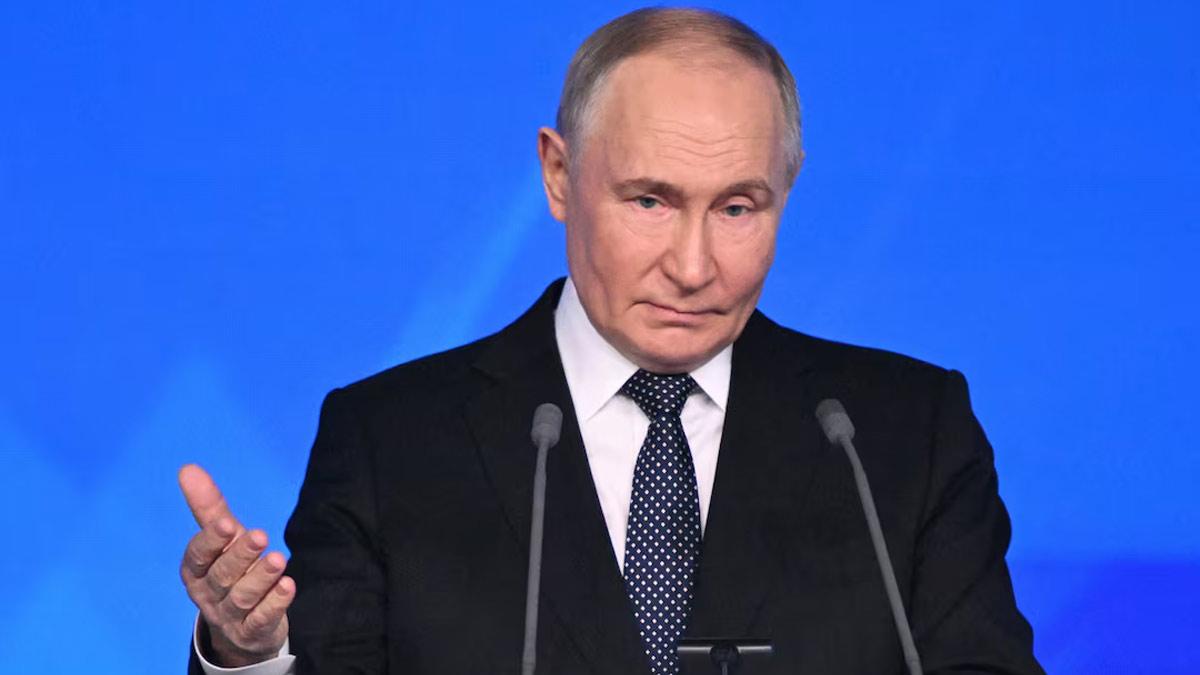The recent World Threat Assessment report of the US Defence Intelligence Agency (DIA) for 2025 provides a comprehensive analysis of the shifting security dynamics in South Asia, centering on the intricate trilateral relationships involving India, China, and Pakistan.
In its report, Pakistan still views India as an "existential threat," compelling Islamabad to bolster its own military capabilities, especially by enhancing battlefield or tactical nuclear capabilities, in order to counter India's conventional military superiority. The military strategy of Pakistan is still mostly geared towards coping with cross-border conflict, waging counterterrorism operations, and pursuing nuclear capabilities.
The report also shows that Pakistan's nuclear modernization is largely dependent on foreign aid, with China acting as a central figure as the principal economic and military sponsor. Pakistani troops frequently conduct combined military exercises with China's People's Liberation Army, and much of Pakistan's weapons of mass destruction technology and material is thought to be provided by China, frequently funneled through third parties such as Hong Kong, Singapore, Turkey, and the UAE.
In a sharp reversal, India has turned its main security focus towards China, perceiving Pakistan to be a second-order challenge to be managed despite continued cross-border conflict and recent military confrontations. The DIA says that with Prime Minister Narendra Modi at the helm, India will likely give top priority to becoming a world power, pushing back against Chinese global influence, and building up its military strength. New Delhi’s recent Operation Sindoor—airstrikes targeting terrorist facilities in Pakistan—reflects India’s readiness to respond robustly to provocations, yet the overarching strategic focus remains on the Chinese threat. India is also strengthening defence collaborations across the Indian Ocean and Indo-Pacific regions to curb Beijing’s expansion and elevate its own strategic stature. This involves developing bilateral, trilateral, and quadrilateral alliances as well as encouraging local defence production under the 'Made in India' initiative.
As far as nuclear equilibrium is concerned, according to the report, each of India and Pakistan is estimated to have 170 nuclear warheads, and Pakistan frequently displays its short-range Nasr (Hatf-IX) missiles as a means of deterring India's conventional might.
China, on its part, has significantly increased its nuclear stockpile, with current estimates placing it at more than 600 deployed warheads, a figure that is set to exceed 1,000 by 2030, the majority kept at higher levels of alertness.
The report mentions recent incidents like India's May 2025 airbase strikes on Pakistani airbases, which further heightened tensions across the region. Yet it highlights that India's strategic aim is ever more set by its competition with China, making Pakistan a chronic but second-order concern. The ongoing military modernization in all three countries, along with deep-seated suspicion and the risk of quick escalation—especially along the India-China Line of Actual Control—remains to make South Asia's security picture ever more complex.
This US intelligence estimate confidently announces a shift in strategy in India's priorities: China is currently perceived as the main antagonist, and Pakistan as a secondary, though significant, security threat—one still modernizing its military with widespread Chinese patronage and maintaining an existential deterrence policy towards India.
Read also| Tharoor in US Warns Pakistan: 'Terrorism Will Come at a Cost'
Read also| US Envoy Declares End of Western Interference in Syria: 'Future Is in Regional Hands'


















